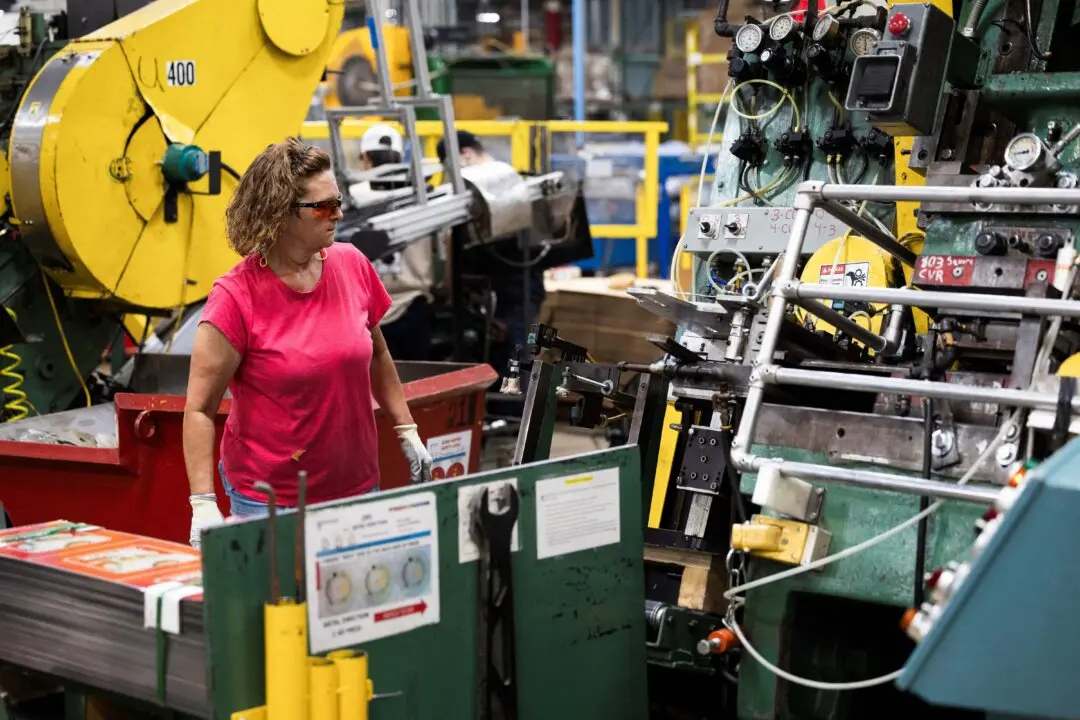The White House is bracing for another hot inflation report on Wednesday as it already looks ahead to the July consumer price index (CPI).
Markets are expecting that the U.S. annual inflation report for June will come in at 8.8 percent, up from 8.6 percent in May. On a monthly basis, the CPI is poised to edge up by 1.1 percent. The core inflation rate, which removes the volatile food and energy sectors, is anticipated to ease to 5.7 percent.





